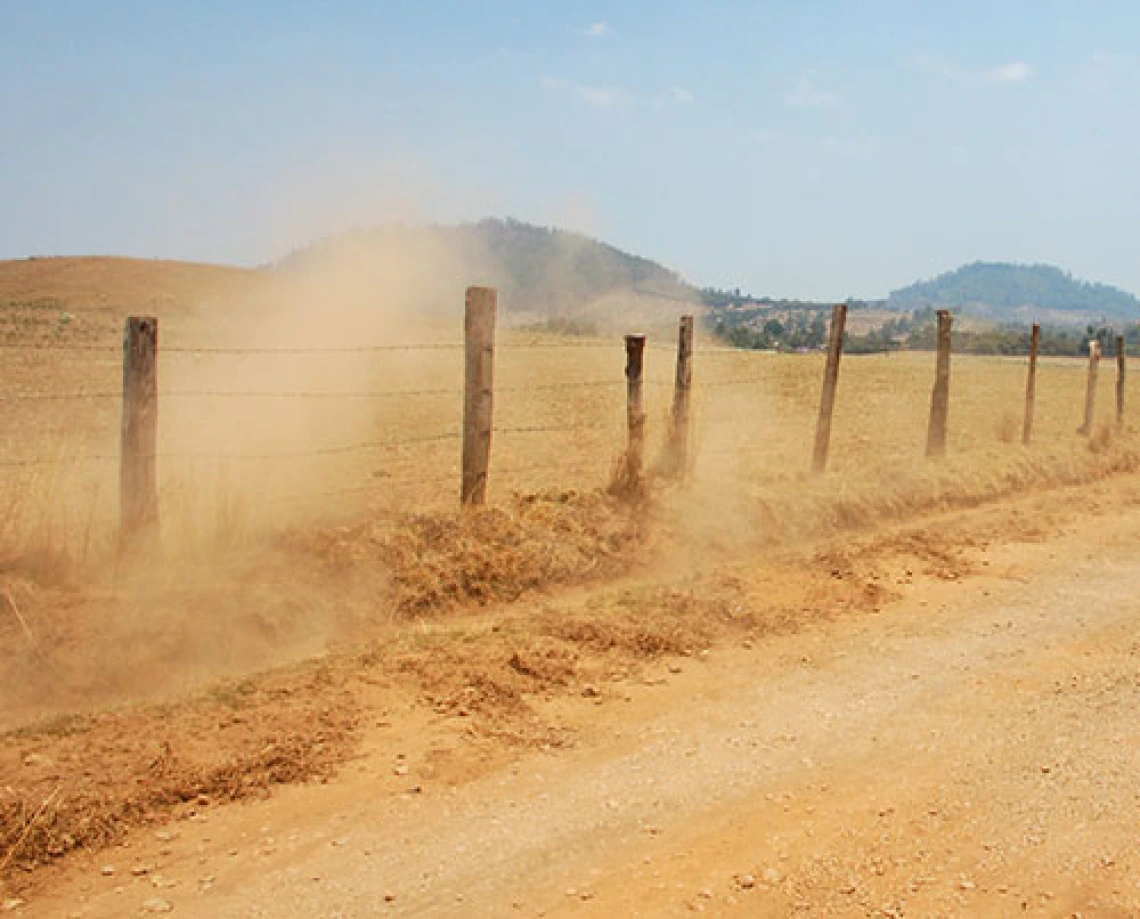Valley Fever Drug Receives Fast-Track Designation by the FDA

A potentially curative anti-Valley Fever drug has been given a boost in its development by the U.S. Food and Drug Administration.
The University of Arizona has received word that its request has been granted to designate nikkomycin Z (NikZ) as a “qualifying infectious disease product” (QIDP). NikZ is an antifungal drug that the UA has been helping to move into clinical trials and eventually to help patients. The UA has licensed development rights to Valley Fever Solutions, Inc. (VFS), a small start-up business in Tucson.
“Getting a QIDP designation is huge for our program,” said John Galgiani, MD, director of the UA Valley Fever Center for Excellence, project leader for the NikZ development team and chief medical officer for VFS. “It makes NikZ much more attractive to investors because of the added protection and other benefits that come with this designation.”
QIDP designation is a key provision of the GAIN Act, approved by Congress in 2012 to increase the incentives for drug manufacturers to produce new antibiotics for serious and hard-to-treat bacterial and fungal infections. Valley Fever (Coccidioidomycosis) is one such infection that currently has no cure. QIDP designation for a drug adds an additional five years of market exclusivity, which means that the company that brings the drug into clinical use is protected from competitors for that period.
“This is especially valuable for NikZ development because it is an old drug and most of its patent protection already has expired,” Dr. Galgiani explained. This protection is on top of seven additional years of exclusivity that were granted to NikZ when it was designated “an orphan drug,” or one that is used for a relatively uncommon disease such as Valley Fever. Although Valley Fever is very common in Arizona, it almost never occurs outside the Southwest.
QIDP designation also provides access to priority review of marketing applications and eligibility for fast-track designation.
“This extended market exclusivity makes our Nikkomycin-Z effort much more attractive to investors, a major goal of the GAIN act,” said David Larwood, CEO of Valley Fever Solutions. “This brings us much closer to our dream of commercializing this promising compound.”
NikZ is the first of a new class of antifungal drugs that attack the formation of “chitin,” a major component of the fungal cell wall. Given to mice with the Valley Fever fungus, NikZ seems to cure the infection. The drug’s development was started in the 1990s by a small company in California but was halted when the business failed. The NikZ program was inactive until it was acquired by the UA in 2005 and clinical trials were restarted.
Between the UA and VFS, more than $12 million dollars has been raised in research grants from the National Institutes of Health, the FDA and from philanthropic donations, chiefly from the J.T. Tai & Company Foundation in New York City. Last month, VFS was awarded a $1.7 million small business grant from the NIH to resume clinical trials to treat Valley Fever pneumonia patients. The NIH also is helping to manufacture the NikZ that will be used in this clinical trial, scheduled to start in late 2015.

